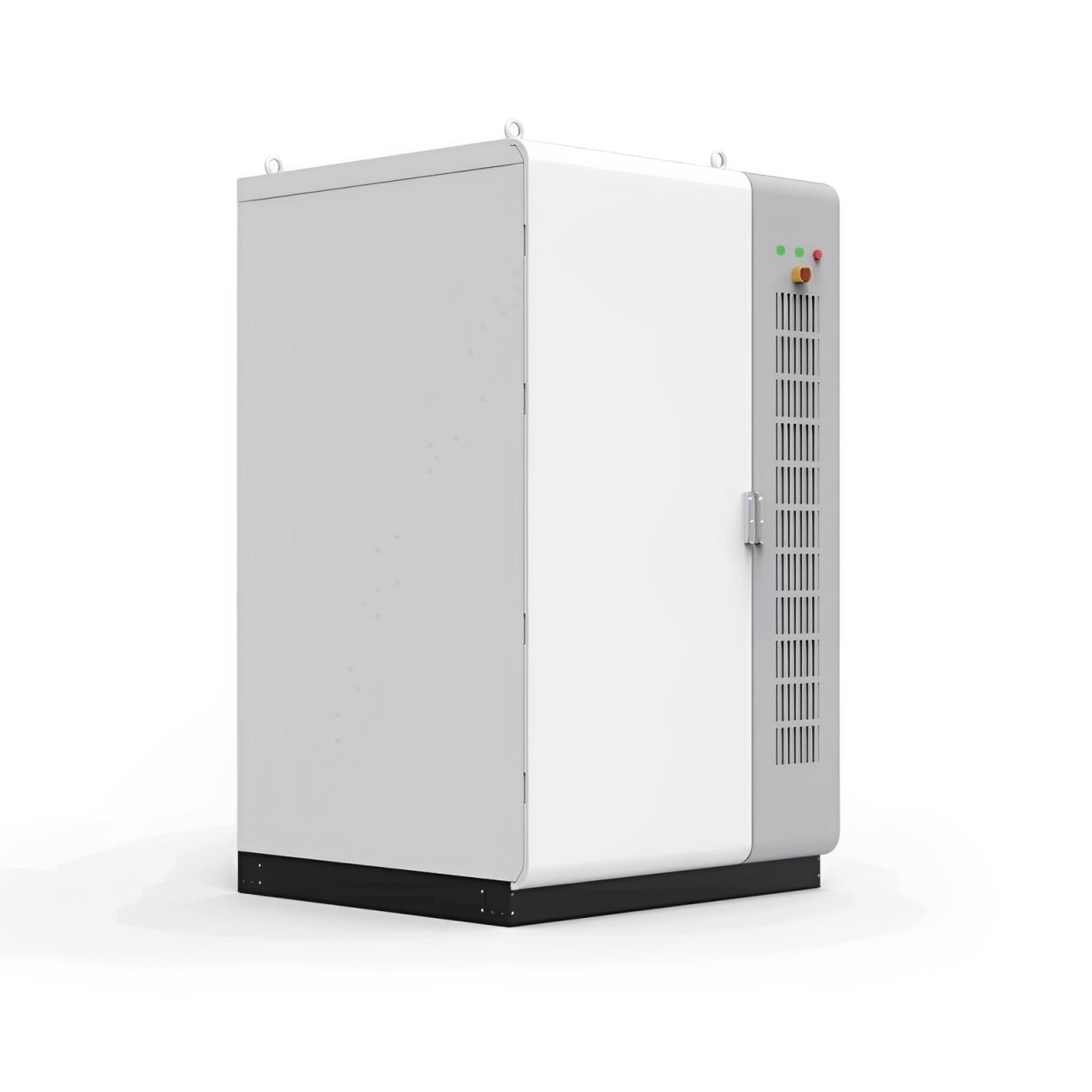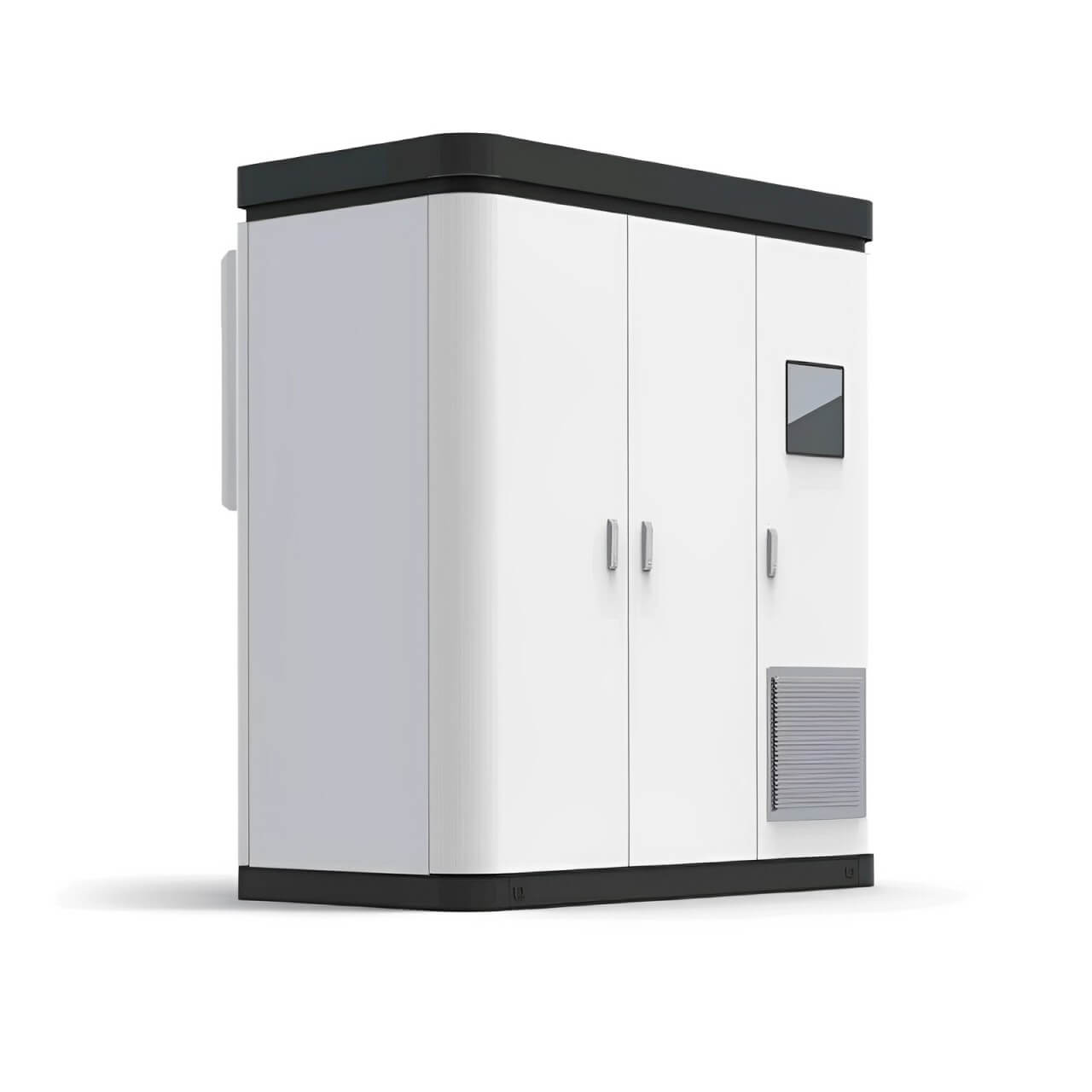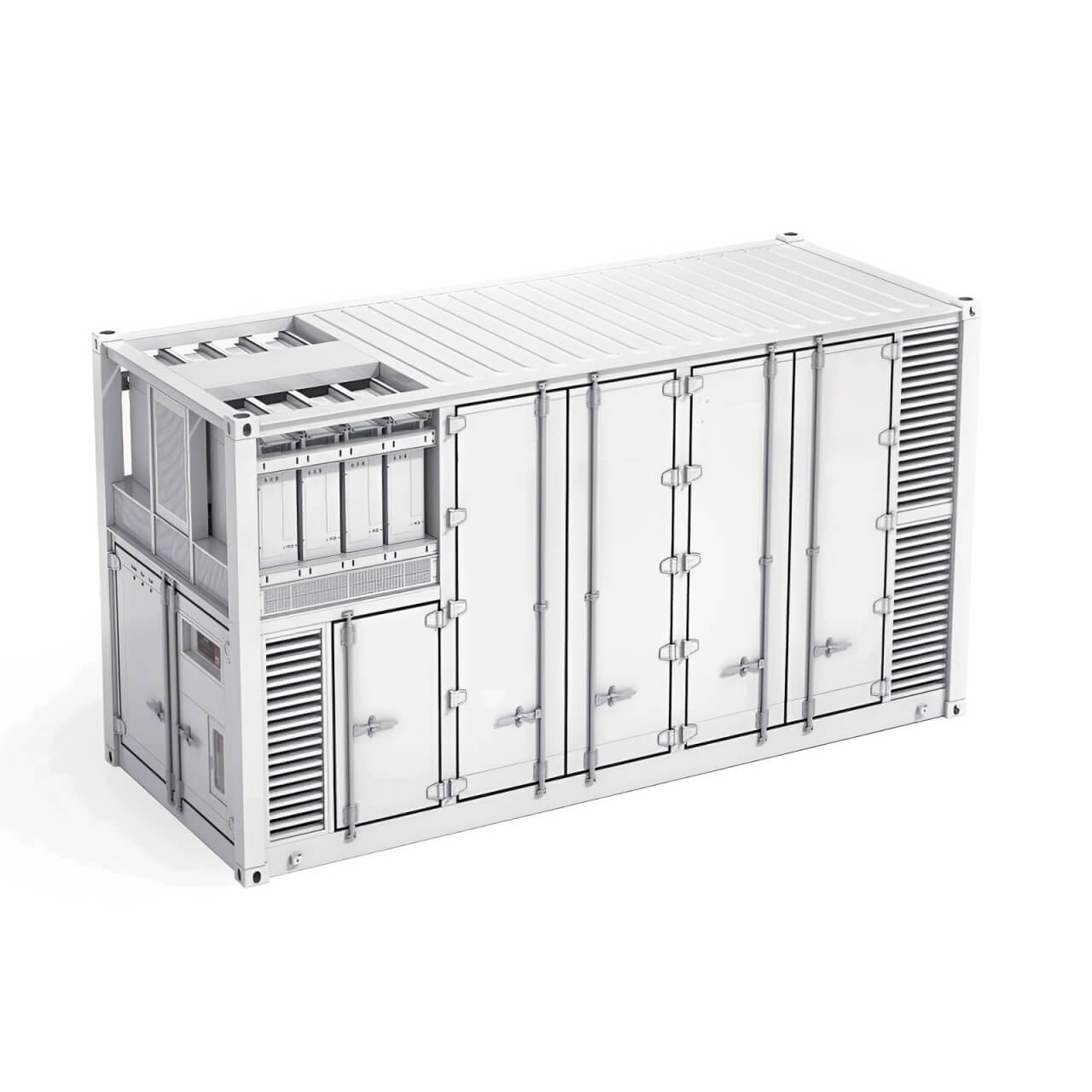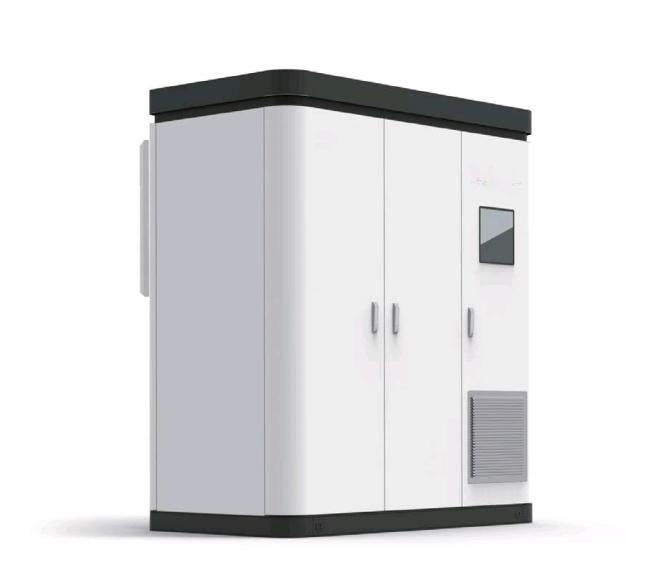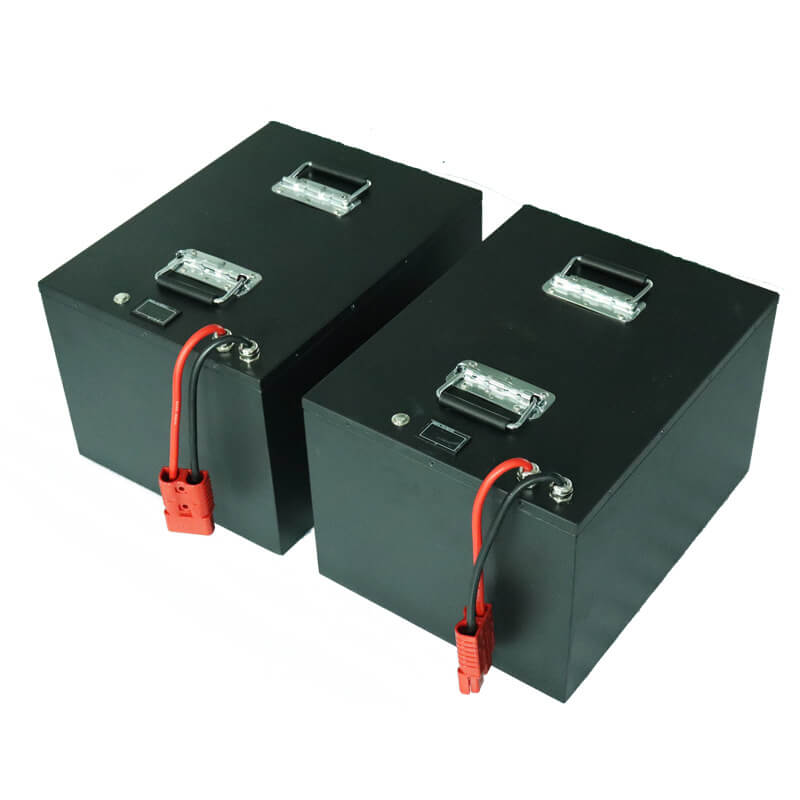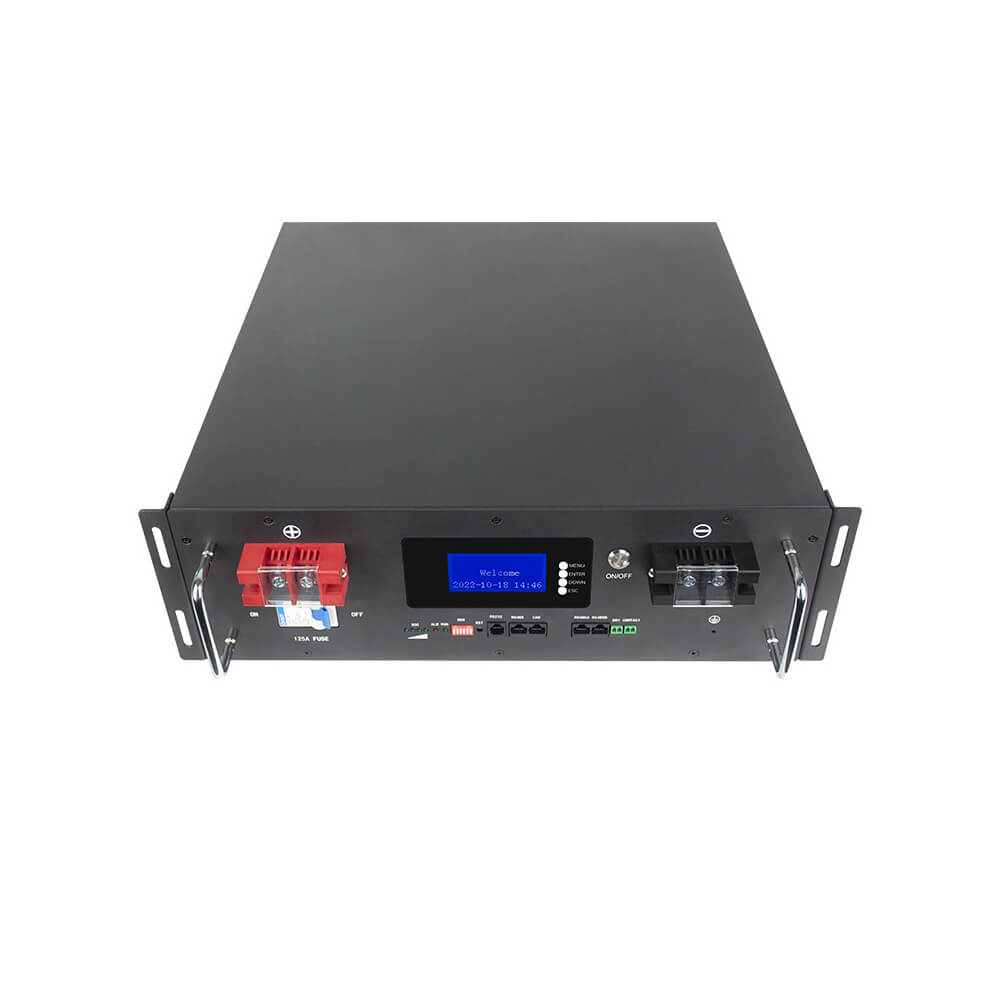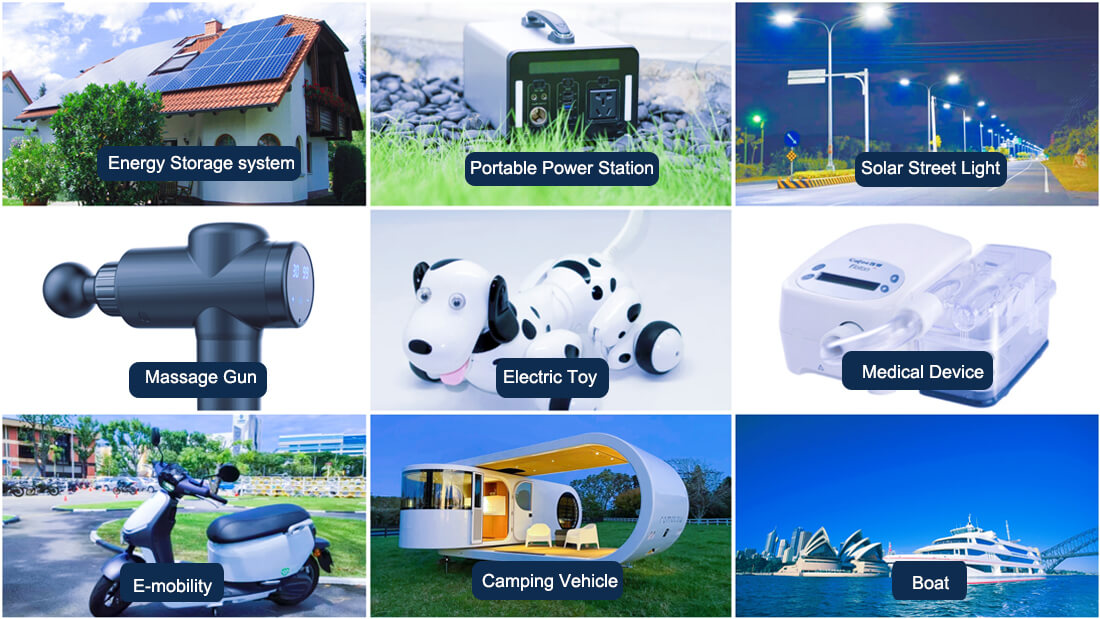Sodium-ion batteries will usher in the mass production stage
Multiple production lines will soon be put into operation;Sodium-ion batteries will usher in the mass production stage;CSIT new energy has learned that progress has been made in several sodium-ion battery energy storage-related pilot projects recently.These developments mark significant progress in new technology breakthroughs,production capacity and application areas for sodium-ion batteries.
In 2023,the key data of sodium-ion batteries have changed significantly,which is widely regarded as a key year for the industrialization of sodium-ion batteries in China.In terms of policy,a number of global policies are poised to support the diversification of sodium-ion batteries,liquid flow batteries and other technology paths.Currently,several domestic production lines are in the planning and implementation stage,with China leading the way in mass production of materials and batteries.
The influx of major players is expected to lead to rapid growth in sodium-ion battery production capacity and eventually the gradual establishment of a robust industrial ecosystem.In terms of production line construction,China's sodium-ion battery capacity planning mainly involves companies such as Transimage,Natrium Energy,CATL,Zonergy,Azure,DFD,Lifun,and CSIT.
Among these players,CSIT stands out as the most important sodium-ion battery producer in China.A mass production line dedicated to sodium-ion batteries is expected to be built by the end of 2023,with a capacity of an impressive 4.5 GWh,representing 33.3%of the country's total capacity.
Natrium Energy consolidates its position as the country's second largest producer of sodium-ion batteries.It expects to build a specialized mass production line for sodium-ion batteries by the end of 2023,with a capacity of 2.5GWh,accounting for 18.5%of the total capacity.
Ningde Times,the third-largest sodium-ion battery producer in China,plans to complete a specialized mass production line for sodium-ion batteries by the end of 2023,with a capacity of 1.8 GWh,accounting for 13.3%of the country's total.Production capacity.In terms of commercialization progress,the sodium-ion battery industry chain is currently in the introduction stage.Technologies related to battery materials and electrolytes are still in the early stages of development,which means that it will take some time for the sodium-ion battery industry to achieve full commercial viability.
In the field of sodium-ion battery production and manufacturing companies,two distinct development models have emerged.One is the diversification of traditional lithium battery manufacturers such as Ningde Times and Penghui Energy into sodium-ion battery production.The other model is innovative companies such as Hanergy Battery,Sodium Energy,Transimage,and China Sodium Era,all of which started from scratch and gained a foothold in this field.Among them,Transimage,Hanergy Battery,DFD,PRET,Vision Group,EAST,Highstar,ZOOLNASM,and CSIT have disclosed their capacity plans.Currently,most of these companies are in the planning or construction stage of investing in the development of mass production lines for sodium-ion batteries.
As a valuable supplement to lithium batteries,sodium-ion battery technology has been steadily developing in recent years.With their cost-effectiveness and abundant sodium resources,sodium-ion batteries have a broad prospect in the field of energy storage.They can be used as a reliable backup power source for large-scale energy storage systems.
Much like lithium-ion batteries,the main raw materials used in the production of sodium-ion batteries include four key components:anode material,cathode material,electrolyte and diaphragm.In addition,key auxiliary materials such as terminals,collectors,adhesives,conductive agents,and case assemblies also play a critical role.Fortunately,primary production and preparation technologies for sodium-ion batteries have reached a mature level.
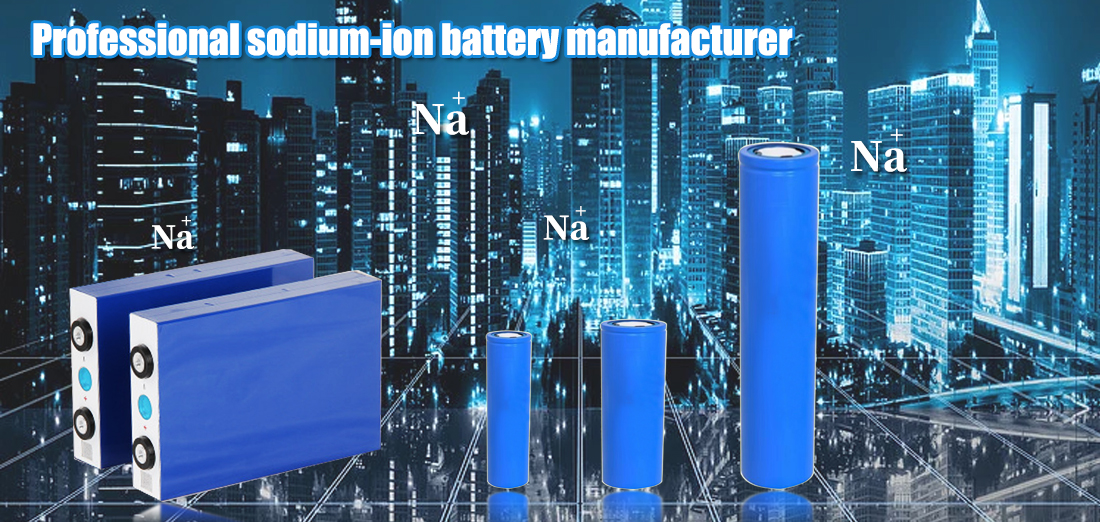
In terms of anode materials,extensive research has been conducted on layered oxides,polyanion materials,and Prussian blue(white).Regarding positive electrode materials,the main technological approaches are currently focused on hard carbon,while there is also a certain degree of reliance on soft carbon.Sodium hexafluorophosphate electrolyte occupies a central position in the electrolyte field,and there is a growing trend to use low-cost aluminum foil instead of copper foil as the collector material.Diaphragm materials can follow established systems used in lithium batteries.
Numerous provincial policies aim to stimulate the commercialization of sodium-ion batteries,and the rapid growth in demand for new energy storage is driving the rapid development of the technology.Companies must be proactively positioned in order to understand the market demand for sodium-ion battery products in the emerging new energy and energy storage sectors.This strategic move enables them to profitably capitalize on the surging opportunities in the booming sodium battery and energy storage industry.

 简体中文
简体中文 Russian
Russian French
French German
German Japanese
Japanese Korean
Korean Arabic
Arabic Spanish
Spanish